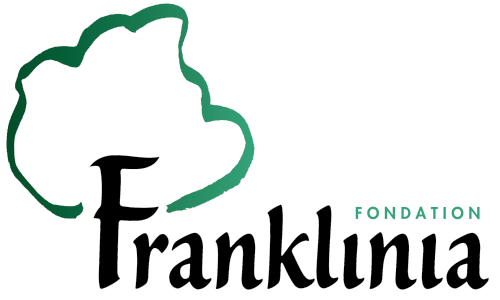
JARAGUA´S CANELILLA
Jaragua´s canelilla (Pimenta haitiensis) is a threatened tree species (according to both IUCN’s Red List and the National Red List) that only occurs naturally in Pedernales province of the Dominican Republic. Its dried aromatic leaves are in high demand in the DR for making infusions (on their own or combined with other ingredients), flavour rum and other distillates, and make milk, custards and other desserts more tasty. Jaragua’s canelilla is also used in traditional home remedies against colds, vertigo and other ailments.
All dried canelilla leaves sold in the DR are illegally harvested from Jaragua National Park. This trade is not sustainable because 1) wild plants have a very limited distribution, 2) during harvest in the wild, trees are severely mutilated, and cannot reproduce the following year or die, 3) once inside the park, the cutters impact other resources, such critically endangered Ekman´s cherry tree palms (see below), threatened rhinoceros rock iguanas (Cyclura cornuta) and make forest clearings to make space to dry out and pack the canelilla leaves.
Learn about the problem
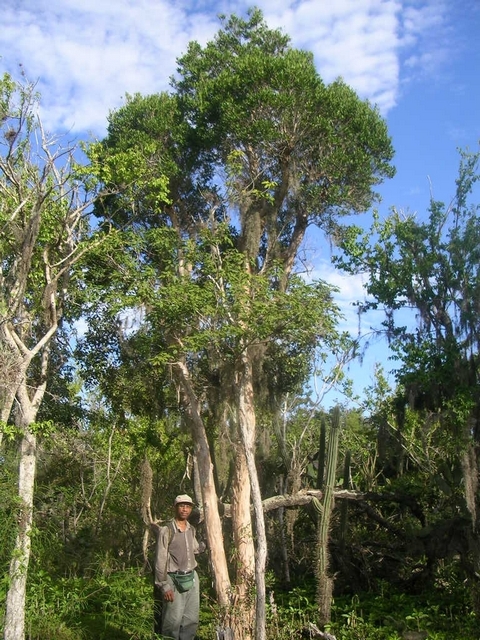
Large trees only survive in remote areas with difficult access (only on foot). Leaf cutting is done by day workers inside of Jaragua National Park. Thi sis done in a hasty and careless fashing, also due to the high competition to take the most product out in the shortest time possible. Often, these damaged trees die afterwards (especially during prolongued droughts) or halt their reproduction.
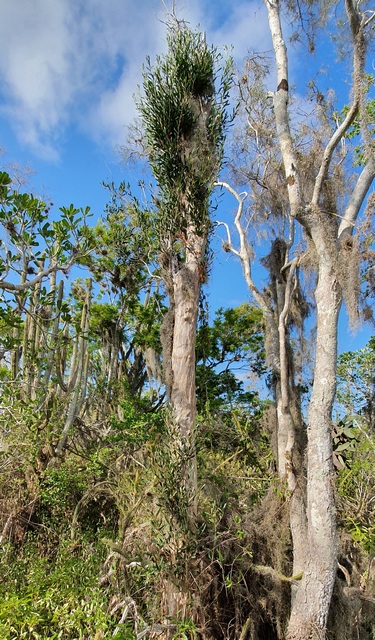
The cut leaves are laid to dry on the ground nearby the source trees inside Jaragua National Park. After a few days, leaves are beaten to separate them out from the branches. They are tightly packed in sacks to be transported to the large markets in the country. Sometimes other trees are cut to make way for sunlight and speed up the drying process.
Collateral damage: Ekman´s cherry palm
When canelilla poachers enter Jaragua National Park, they often destroy Ekman’s cherry palms (Pseudophoenix ekmanii), a critically endangered species. This species is also only found naturally in Jaragua National Park. People cut it to drink the sugary sap from the large juvenile’s trunk. These palms grow Estas palmas grow very slowly (+50 years to reach maturity), making this practice highly unsustainable and putting this species at high risk.
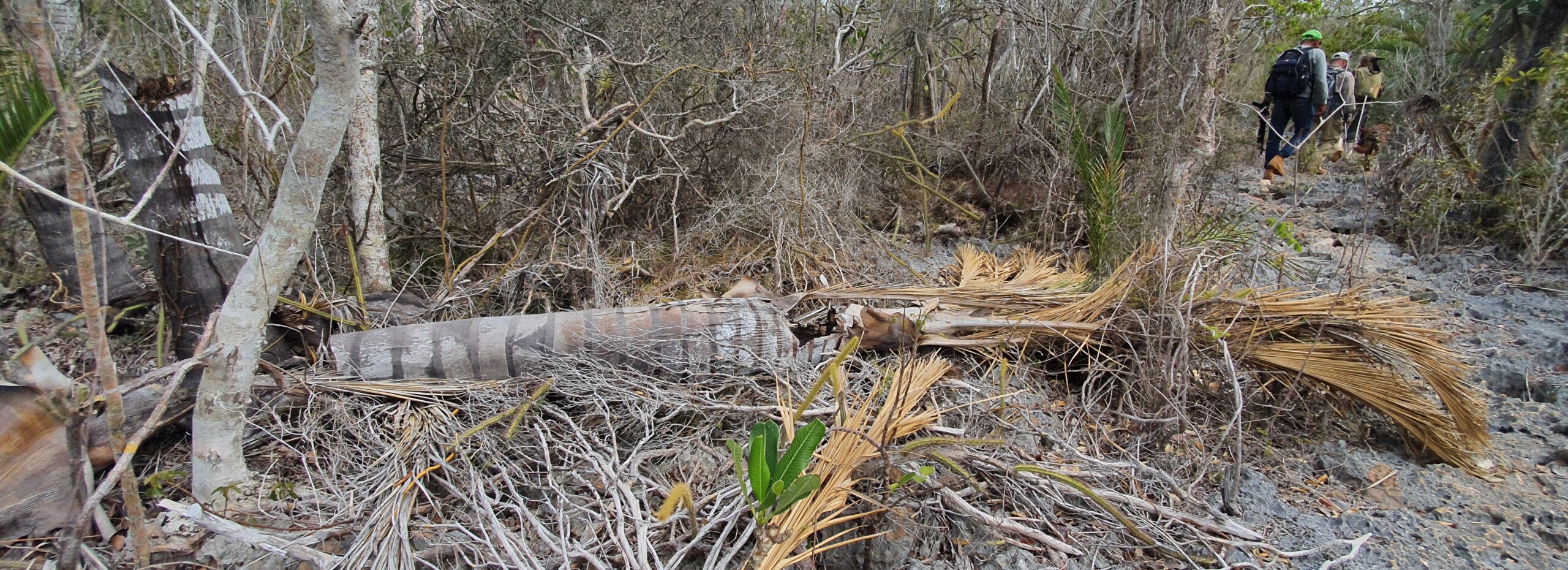
Canelilla Sostenible® Certification
To address this situation, Grupo Jaragua developed the “Canelilla Sostenible® certification. After studying this species in the field as well as its propagation, we are ready to offer seedlings from our plant nurseries to help start plantations outside protected areas that can be commercially harvested. In this way, we are helping natural populations recover in the natural ecosystems where it is found, we are mitigating and adapting to climate change through agroforestry, and we are providing income to local communities of the La Selle-Jaragua-Bahoruco-Enriquillo UNESCO Biosphere Reserve.
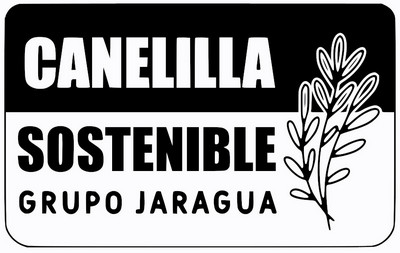
Interested?
Step 1. Read and accept the “Norms for Establising Certified Sustainable Canelilla Plantations” from Grupo Jaragua (version 1.0)
Step 2. Fill out and send Interest Form: Formato PDF Google Form (fillable on line)
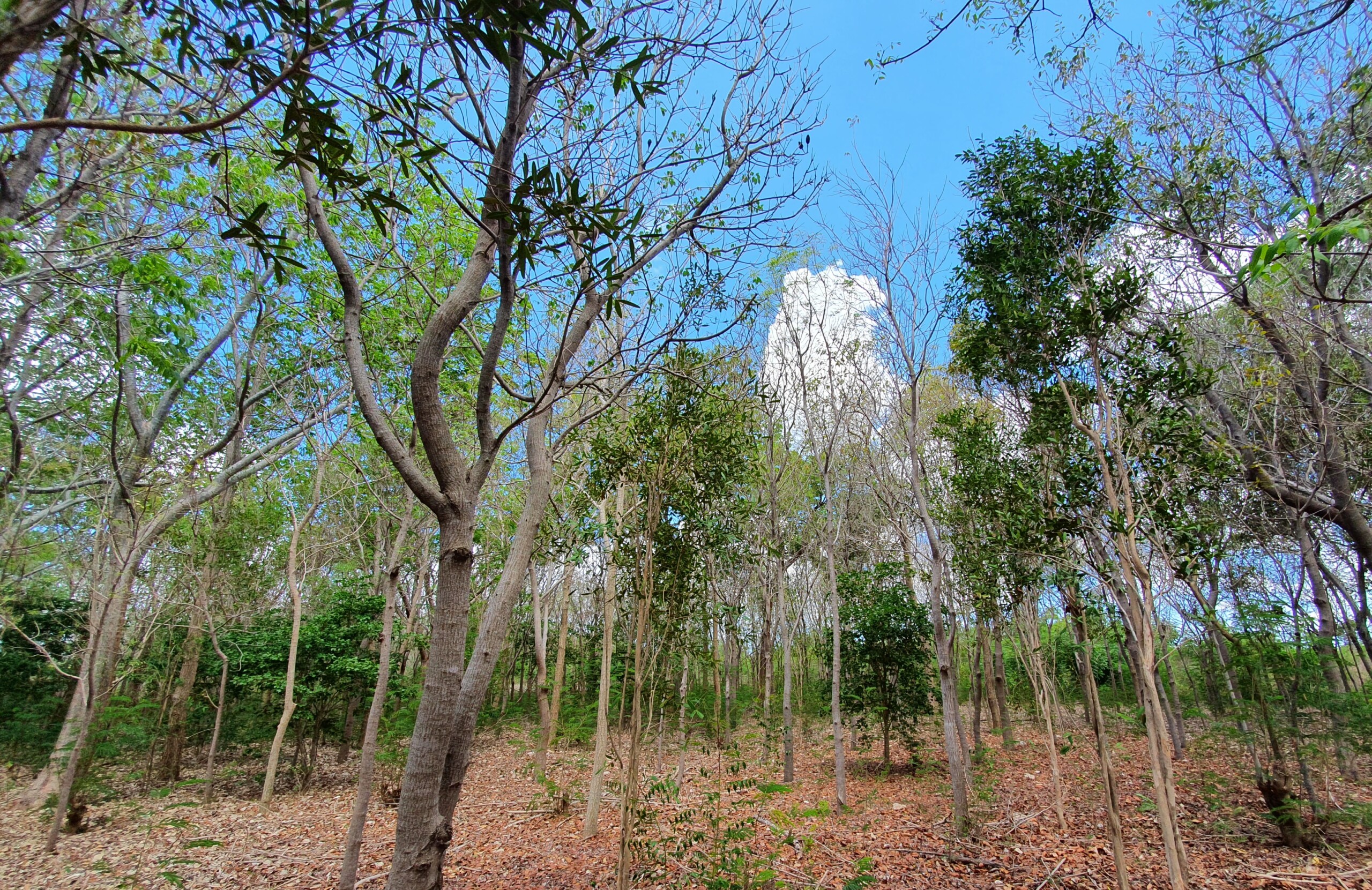
With support from

